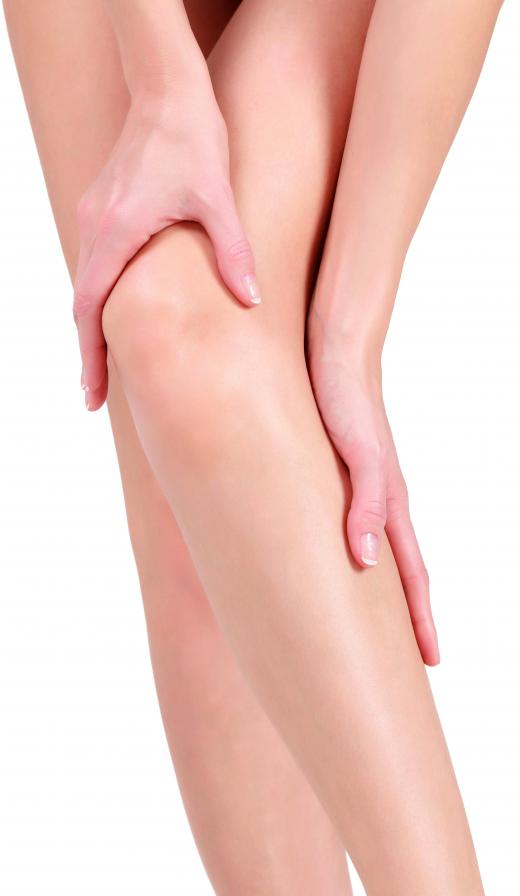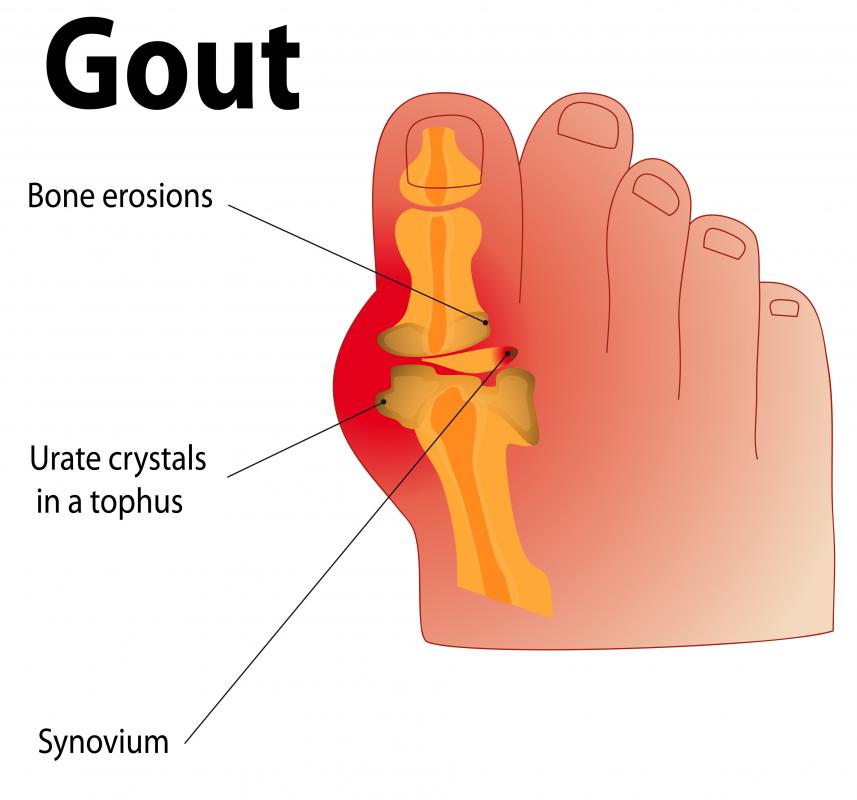At AllThingsNature, we're committed to delivering accurate, trustworthy information. Our expert-authored content is rigorously fact-checked and sourced from credible authorities. Discover how we uphold the highest standards in providing you with reliable knowledge.
What is a Stinging Nettle?
A stinging nettle is a type of herbaceous plant, which though first originated in Europe, now grows throughout most of the world. There are actually several related stinging nettle species that are often named by where they are found, like U. californica, and U. afghanica. The plant is perennial, grows to about three to six feet (.91- 1.82 m), with leaves about one to five inches (2.54-12.7 cm) long. Plant height reaches its maximum in summer, and begins to die back almost to the ground during late fall and early winter months. Nettle does produce a sting because of bristly hairs that cover both the stems and leaves.
Though not similar in look to poison oak or poison ivy, skin exposure to nettle can cause a similarly painful and itchy skin rash. A careful approach to stinging needle, and stroking the plant in the direction of its small spiny hairs tend not to result in an adverse reaction. The sting associated with the stinging nettle contains three chemicals: histamine, acetylcholine, and serotonin.

Serotonin and acetylcholine combine to make histamine stronger, creating an allergic reaction in most people who come in contact with mature stinging nettle leaves. The sting can be counteracted with a number of different remedies, which include urinating on the affected area, icing it, putting mud on a sting right after it occurs, or simply washing exposure areas soon after an encounter with the plant. Since the nettle provokes a histamine response, it may also relieve pain and itching if you take an antihistamine like Benadryl® (diphenhydramine).

If you can get past the leaves of the nettle, and handle them appropriately with safety gloves, stinging nettle makes an excellent addition to your herbal cabinet or as a cooked green. Fortunately, crushing, dicing or cooking the plant destroys its sting, and tender young leaves can be quite tasty. Many cooks like to add nettle to soups and stews.

A number of medicinal uses have been recorded for nettle. One creative use was to sting people to “cure” arthritic reactions and rheumatism. This can be metaphorically similar to hitting your head in order to cure a stomachache. The sting and rash might provide a temporary distraction from aching joints, but wasn’t likely to cure them. Other early records on nettle show it was used to treat anemia, eczema, and gout.

Today, the plant may be medicinally used to treat conditions affecting the urinary tract, when taken internally. Taken internally, stinging nettle may actually provide mild pain relief to conditions like arthritis. Few clinical studies exist that “prove” the plant’s efficacy for any condition. Yet, if your knee aches, or your shoulder bothers you, a tea made of stinging nettle or a homeopathic cream is not likely to prove harmful, though checking with a doctor about possible drug or medical condition interactions is always good sense.
Frequently Asked Questions
What is a stinging nettle and how does it sting?

Stinging nettle, scientifically known as Urtica dioica, is a perennial flowering plant with hairs on its leaves and stems that release irritating substances upon contact. These substances, including histamine and formic acid, cause a stinging sensation and can lead to redness, swelling, and itching. The plant's defense mechanism is designed to deter herbivores from consuming it.
Where can stinging nettles be commonly found?

Stinging nettles are commonly found in temperate regions across the globe. They thrive in rich soil, often in areas that have been disturbed by humans, such as along trails, roadsides, and at the edges of fields. They are also prevalent in moist environments like riverbanks and woodland edges.
Can stinging nettles be used for medicinal purposes?
Yes, stinging nettles have been used for centuries in traditional medicine. They are known for their anti-inflammatory properties and are used to treat a variety of ailments, including arthritis and allergies. According to research, nettle extract may help reduce symptoms of hay fever and other allergic reactions by acting as an antihistamine.
Are stinging nettles edible and how are they prepared?

Stinging nettles are indeed edible and nutritious, rich in vitamins A and C, iron, potassium, manganese, and calcium. To prepare them, the leaves should be cooked to remove the stinging chemicals. They can be boiled, steamed, or sautéed and are often used in soups, teas, or as a cooked green similar to spinach.
What should I do if I get stung by a stinging nettle?
If you get stung by a stinging nettle, it's recommended to wash the area with soap and water to remove any plant debris. Applying a cold compress can help reduce swelling, while antihistamine creams or oral antihistamines can alleviate itching. In most cases, the discomfort subsides within a few hours.
How can I safely handle stinging nettles to avoid being stung?
To safely handle stinging nettles, wear gloves and cover your skin with long sleeves and pants. When harvesting or touching nettles, use tools like scissors or tongs. If you wish to pick them directly, grasp the nettle firmly; the hairs are less likely to sting if the plant is crushed quickly and confidently.
AS FEATURED ON:
AS FEATURED ON:

















Discussion Comments
My wife discovered wild nettle on the edge of her flower bed and let them grow. Having grown up in Southern Michigan, nettle was common, but I have never seen such height. Most are 9' to 10' tall, but one is between 12' 1nd 13' foot tall. Is this unusual for the most part? --Dick C., Cincinnati
Post your comments